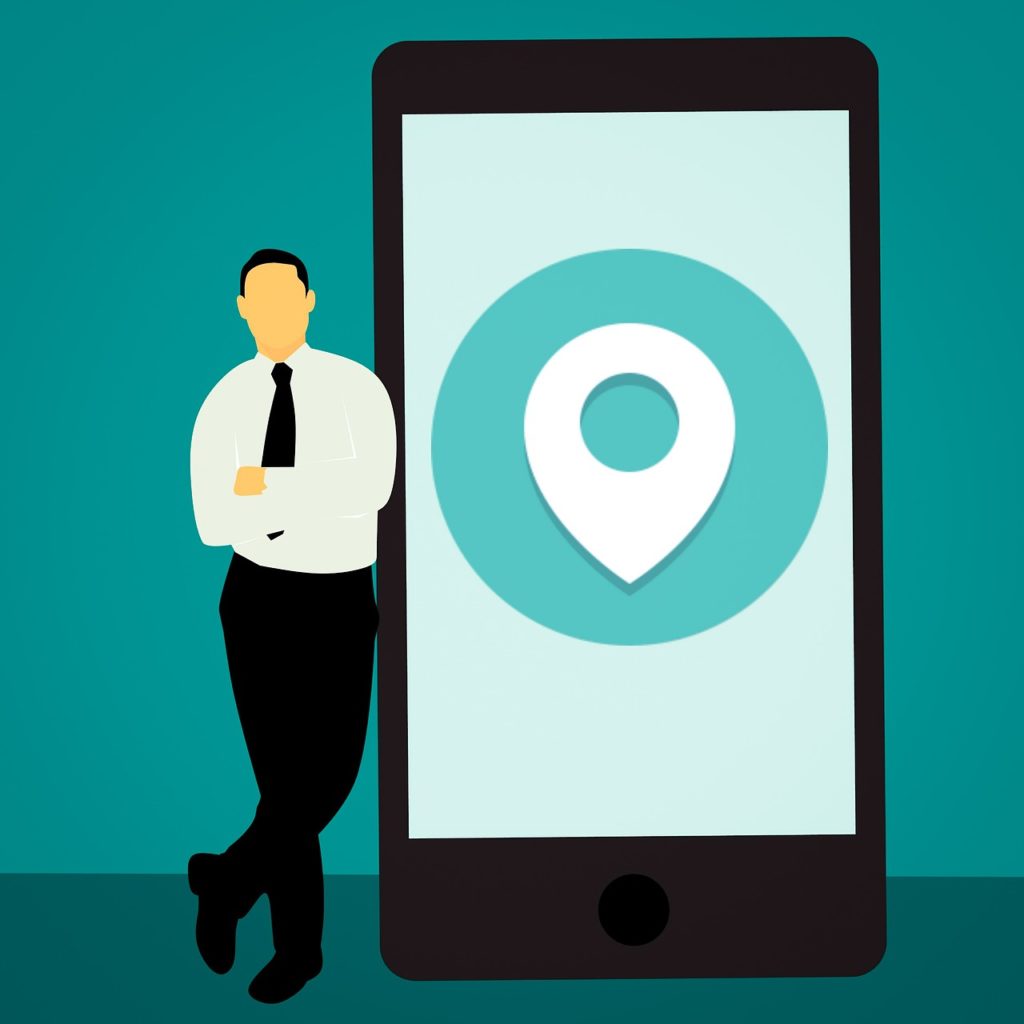When global positioning system (GPS) technology was being developed in the 1960s and 70s, it was a sophisticated military system initially used by the US Department of Defense to keep track of nuclear submarines. Fast forward four decades: ordinary civilians all around the world are using GPS technology for all kinds of things, from finding a lost smartphone to planning a new jogging route to geocaching.
This incredibly widespread GPS use that we’re seeing worldwide is due almost entirely to the integration of GPS technology with smartphones. While stand-alone GPS devices are certainly popular (and often have particular advantages that smartphone GPS systems don’t offer), most people rely on devices like their iPhone to fulfill all their GPS needs. But how exactly does a GPS system work on your iPhone, and what do you need to know about managing GPS and location services on your device? Read on to find out.
How does the iPhone use GPS?
 All iPhones from the 3G model upward contain a built-in GPS chip, exactly like the one found in stand-alone GPS devices. This chip draws information from a satellite network in orbit 12,000 miles above the Earth to pinpoint your location through a process called trilateration. In addition, most smartphones enhance the performance of a standard GPS system with something called “assisted GPS,” or AGPS. When AGPS is used, your phone not only pulls information from the satellite network, but it also draws signals from local cellular towers and Wi-Fi networks. This allows your phone to get a signal acquisition faster, identify your location even when GPS signals are not available (GPS satellite signals can be impeded by tall buildings, and often don’t penetrate building interiors very well), and save on battery life (as you can imagine, drawing information from orbiting satellites uses a considerable amount of energy!). Working together, GPS and AGPS ensure that your iPhone can always be positioned with a reasonable degree of accuracy.
All iPhones from the 3G model upward contain a built-in GPS chip, exactly like the one found in stand-alone GPS devices. This chip draws information from a satellite network in orbit 12,000 miles above the Earth to pinpoint your location through a process called trilateration. In addition, most smartphones enhance the performance of a standard GPS system with something called “assisted GPS,” or AGPS. When AGPS is used, your phone not only pulls information from the satellite network, but it also draws signals from local cellular towers and Wi-Fi networks. This allows your phone to get a signal acquisition faster, identify your location even when GPS signals are not available (GPS satellite signals can be impeded by tall buildings, and often don’t penetrate building interiors very well), and save on battery life (as you can imagine, drawing information from orbiting satellites uses a considerable amount of energy!). Working together, GPS and AGPS ensure that your iPhone can always be positioned with a reasonable degree of accuracy.
What other technologies complement the GPS chip?
While the GPS chip is the most important element in your iPhone’s GPS system, your device also has a number of complementary technologies that work with the GPS chip to provide accurate positioning information. These include the following:
Accelerometer and gyroscope—The accelerometer and the gyroscope are two sensors on your iPhone that help determine your device’s position and movement. The accelerometer is able to sense motion and gravity and determine the angle at which the phone is being held (this allows for features like automatic screen rotation), while the gyroscope complements the accelerometer by sensing rotation, enabling the device to better respond to changes in position. Both of these sensors are essential in helping master the phone’s position and location.
Compass—Your iPhone’s motion-tracking chip incorporates a digital compass, which is used to supplement other motion technologies and provide orientation on any map that you might be using. For example, when you tap the Maps arrow to orient a map, that action is making use of the digital compass. It’s also possible to use the compass as a stand-alone feature.
Barometer—A barometer measures air pressure, and while this device is primarily used in weather forecasting, it takes on a different role as part of your iPhone. By measuring changes in air pressure, the barometer is able to supplement the GPS chip by providing more accurate information about what elevation you are at and about how your position changes as your elevation changes.
M10 motion coprocessor—The M10 motion coprocessor is the iPhone’s own chip that continuously measures output data from the sensors and tools like the accelerometer, gyroscope, compass, and barometer. The use of a separate processor for this task, rather than the A10 Fusion chip that powers the rest of the phone, helps offload work from the Fusion chip and allows for better power efficiency.
Wi-Fi tracking—As mentioned above, when your iPhone needs to tap into its AGPS system to support the standard GPS, it will use local Wi-Fi networks. This means that the Wi-Fi tracking feature is an essential element in helping your phone pinpoint its position.
How can you manage the GPS information and settings on your iPhone?
While an active GPS connection is essential for navigating, mapping, or using any other apps and services that rely on your location, the fact that your iPhone knows where you are at all times has, naturally enough, raised privacy concerns for many users. Fortunately, you can control if, when, and how GPS capability is used on your device. To do this, go to your Privacy settings and open up the Location Services screen. You’ll see a long list of apps under the heading Share My Location: scroll through, and choose Never, While Using, or Always for each app. This ensures that your location is known only by the apps that need that information—and then only when you choose to share it.

